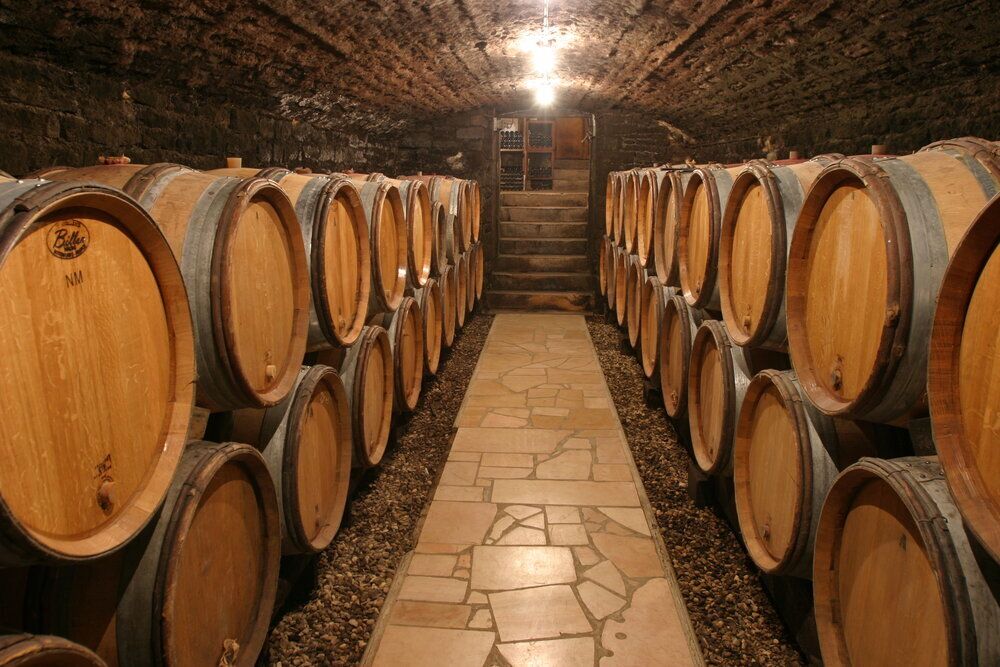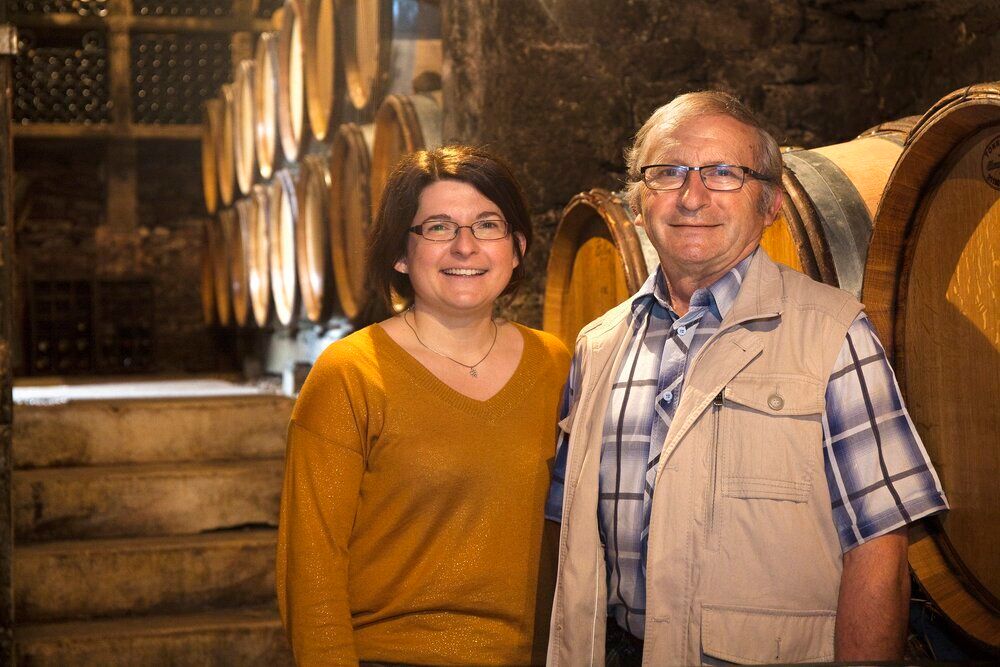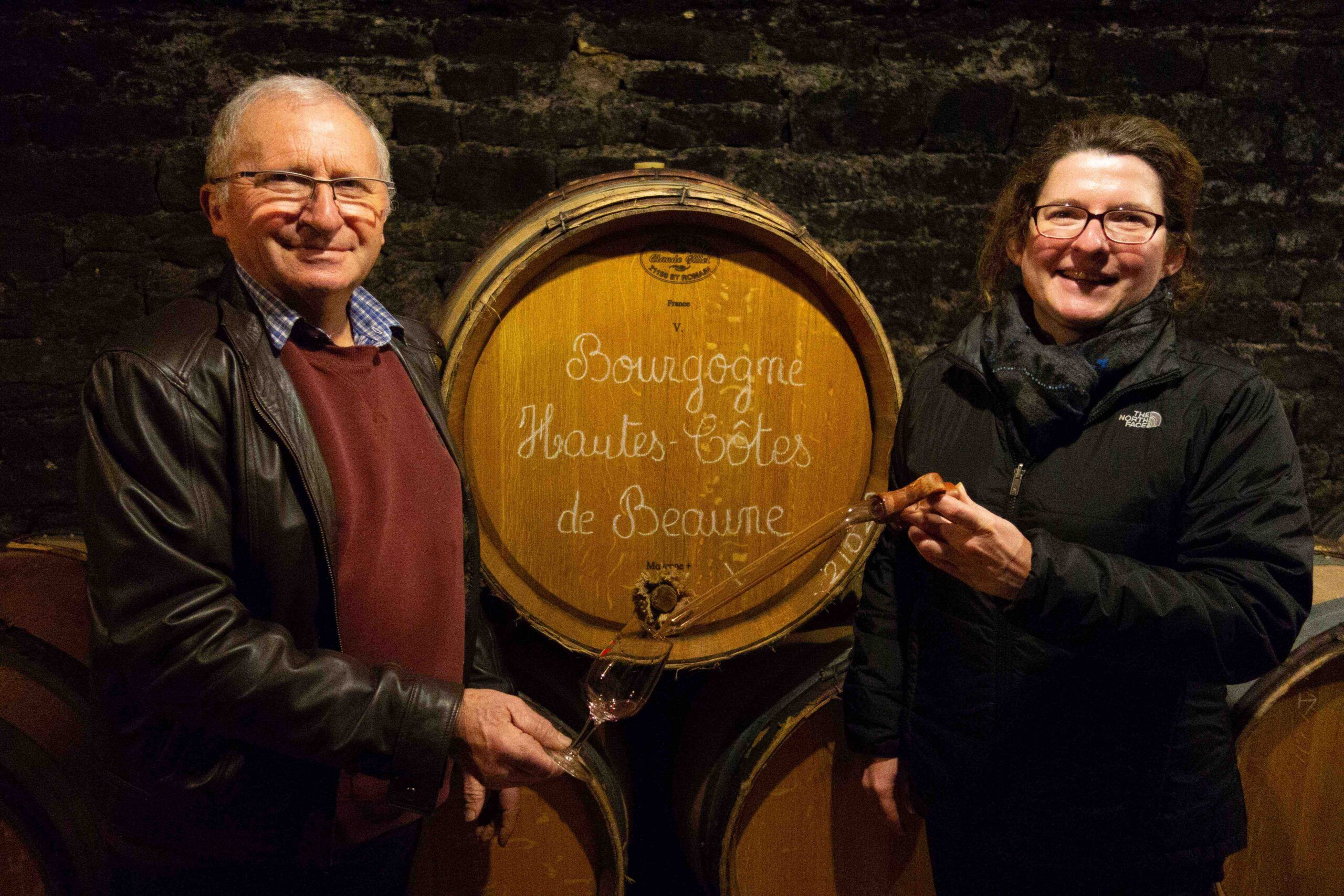Most of the tastings for Bourgogne Week 2022 may have happened last week in the UK but there are still events in the diary and many more opportunities to taste and buy wines from the excellent 2020 vintage.

Tanners Wine Merchants is a fourth-generation wine importer based in the UK and Domaine Michel Prunier et Fille is a fifth-generation wine producer based in Auxey-Duresses – together they are offering customers an opportunity to discover wines from lesser-known appellations.
Tanners Wine Merchants – Simon Jones, Buyer
How important is Bourgogne to your overall business?
Very! We stock wines from all over the world yet Bourgogne sales contribute over 12% of our turnover.
Has that significance grown in recent years and if so how and why?
Yes we have seen a gradual increase both in terms of En Primeur sales and traditional sales.
Why do you think Bourgogne still offers such a draw to UK buyers and consumers?
The quality of the wines remain high amongst our selection. They are unique, defying attempts elsewhere to copy the style. They are scarce so there is a prestige in knowing about and drinking Bourgogne wines.
What do you think of the 2020 vintage in terms of quality, style and selling to the trade?
In our experience it is a very good quality vintage with an attractive combination of ripeness being balanced by acidity. We think it to be a long lived vintage but has enough fruit weight to drink well throughout its evolution.
What do you think your restaurant and merchant customers most want from Bourgogne – has that changed in recent years?
A broad question as it depends on the type of outlet. They are all looking for quality and value. In recent years quality has gone up but so have prices due to the combination of lower yielding vintages, increased global demand and increased production costs. Some still consider it worth paying a premium for, some don’t.
You are working with Michel Prunier et Fille from Auxey-Duresses. Why did you want to have wines from the appellation of the same name?
Our aim is to represent the wines of Bourgogne as broadly as possible, lesser known Village AOCs such as Auxey-Duresses, can often provide more accessible price points than their more famous near neighbours. It is up to us to make the time to explain the relationships between the Village appellations and largely our customers respond well to that.
What do you see as the key characteristics of that appellation?
The situation of the village reflect the style of the wines from Meursault for the whites and Volnay for the reds, not a bad place to be!

Why did you want to work with this Auxey-Duresses producer in particular?
Quality of their wines, compared to their neighbours; the relationship we have with them as suppliers; their consistency in terms of quality, price and general dealings we have with them, we have been working together for at least 30 years.
What opportunities do you see for Bourgogne’s lesser-known appellations?
As the famous Village AOCs become more and more sought after, inevitably that will drive up prices. The biggest opportunity is that the less well-known Village AOCs are in a good position to capitalise on. In the longer term if Climate Change continues to have an impact, some of vineyards which are currently regarded as “perfectly situated” may not remain so, this might bring in to play some sites in lesser-known, less well-regarded Village AOCs.
Any particular hidden gems you think we should be aware of and why?
Pouilly-Fuissé from Château Fuissé; Rully from Domaine Pierre et Marie Jacqueson; Saint-Romain from Domaine Alain Gras; Santenay from Domaine Borgeot; Saint-Aubin from Domaine Henri Prudhon et Fils; Pernand-Vergelesses from Domaine Rollin Père et Fils, to name just a few! In particular the 2020 vintage has been really strong for these less widely known appellations and we are seeing great consistency throughout.
Domaine Michel Prunier et Fille – Estelle Prunier

Estelle Prunier with her father Michel
Can you tell us some history and key points about your winery?
Jean Prunier, my grandfather, had 6 hectares of vines and as many children. When he died, his children each inherited a hectare of vines, which is how Michel Prunier launched his own domaine in 1968, with his single hectare inheritance, and a second hectare loaned from his sister. With my mum Michele at his side, they built the current buildings and facilities, while expanding the vineyard and their customer base.
I represent the 5th generation of wine-growers, and I have worked alongside my parents since 2004. Together we produce our signature wines in the same tradition of quality, and the same passion for the family soils where Pinot Noir and Chardonnay express their true glory. Today my family cultivates 12 hectares spanning six Village AOCs: Auxey-Duresses, Meursault, Volnay, Pommard, Beaune and Chorey-lès-Beaune.
What are the main styles of wine you produce?
The Village Premier Cru are vinified in part in whole bunches for increased tannins, structure and to create age-worthy wines. In contrast, the Village and Régionale AOCs are entirely destemmed to create a more accessible, ready-to-drink style. The percentage of whole grapes in the wine varies depending on the appellation and vintage.
You produce Auxey-Duresses. What do you think makes this appellation so different and unique?
Auxey-Duresses is a village tucked away in a valley in the heart of the Côte de Beaune region. The valley lies at a crossroads between the great white terroirs – where the Auxey whites are located along from Meursault – and the great red terroirs on the opposite slope, where Volnay can be found.
Has the way you make this wine changed in the last 10-15 years, and if so, how?
No, our core principles have not changed at all in the last 15 years. We just adjust to the changing climate, using our improved control of vinification temperatures.
How do you see the 2020 vintage in terms of quality and style?
2020 is a superb, age-worthy vintage; the wines are well structured with plenty of body.
How was the 2021 harvest for you in terms of volume – were you impacted by the early April frost, and will you have enough supply for your export customers?
The spring frost took its toll, and volumes are lower for the 2021 vintage. Our export clients are well aware of this and we appreciate their understanding.
What steps are you taking to be more sustainable and tackle climate change?
Our commitments to sustainable development include: producing healthy grapes, reducing erosion in the steeply sloping plots by managing sustainable cover planting between the rows, adjusting our use of pesticides to both climate and disease pressure, recycling the water used to rinse our equipment using our specially constructed standalone ‘pesticide container’, saving resources by only using inputs when absolutely necessary, protecting biodiversity by retaining the trees and flora around the vines, reducing waste, and focusing on local or short supply chains.
You can catch up with all that happened during #BourgogneWeek 2022 on social media at @BourgogneWines on Twitter and @vinsdebourgogne on Instagram as well as the official Bourgogne Wines website here
































